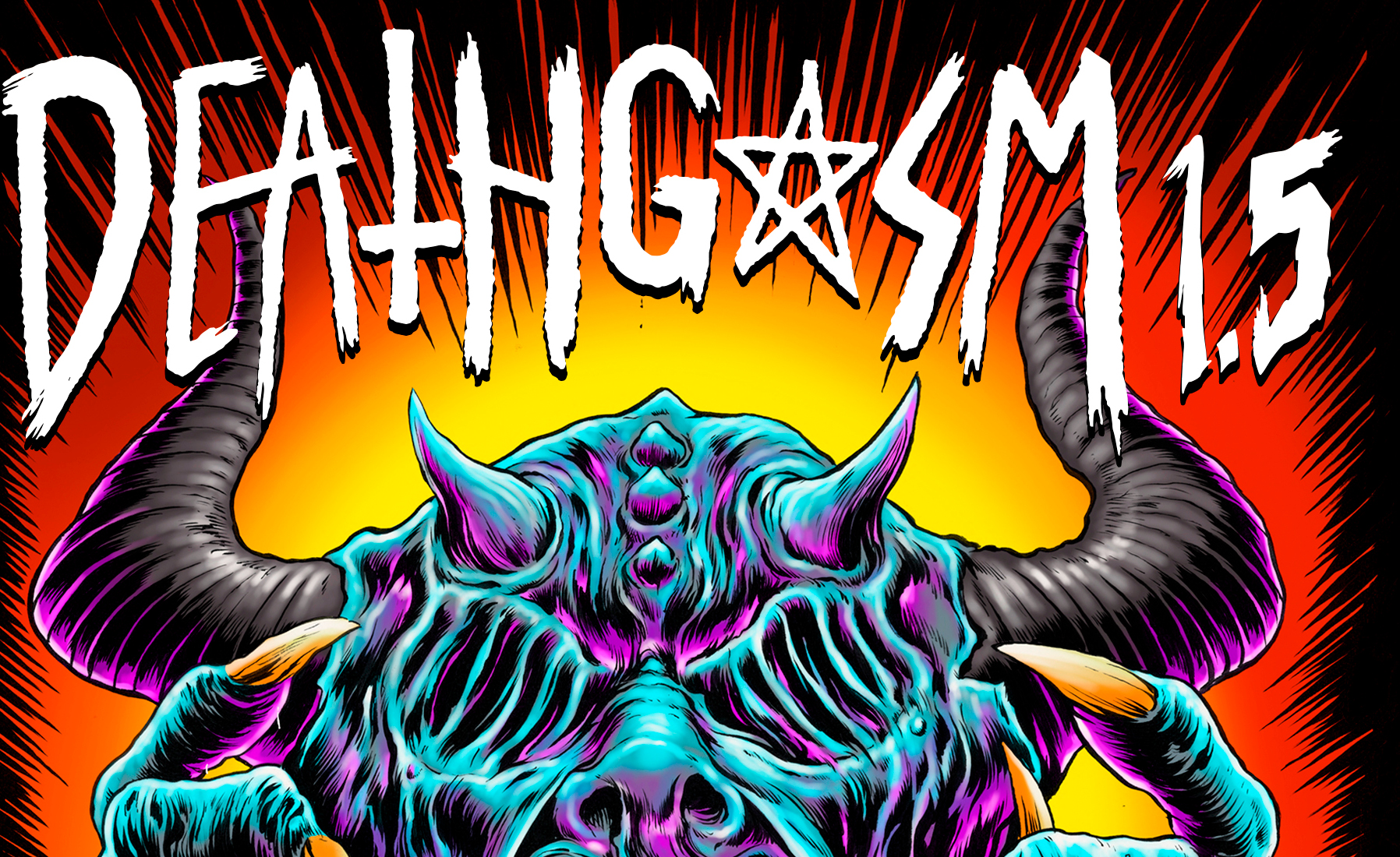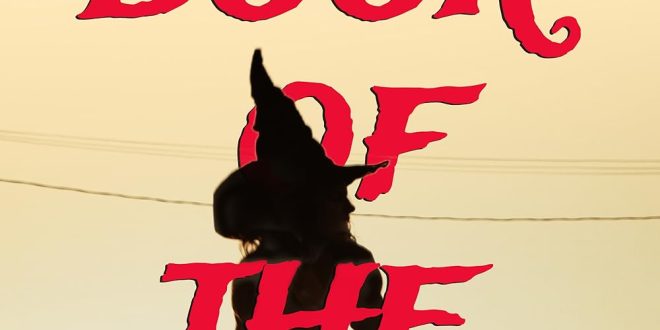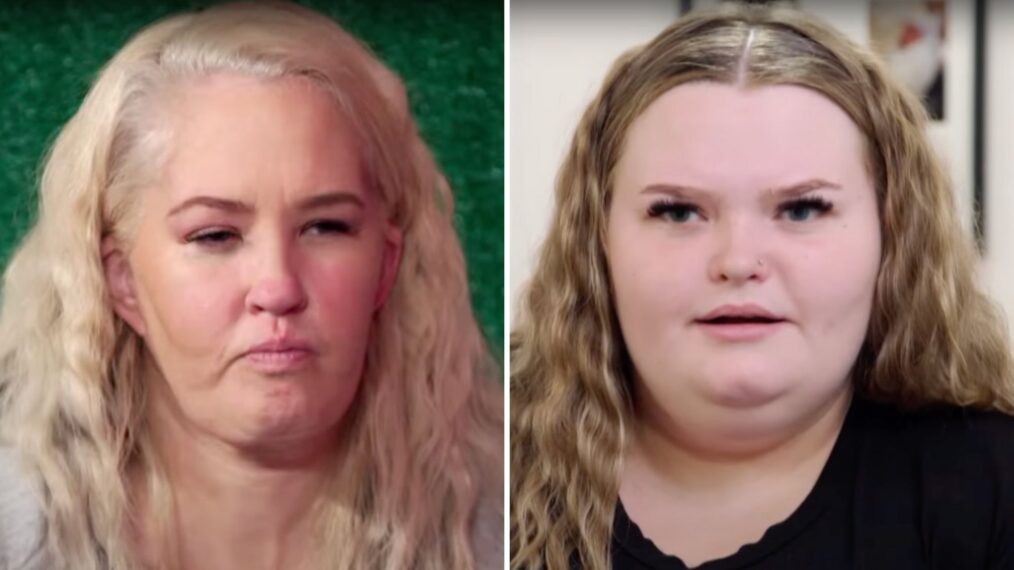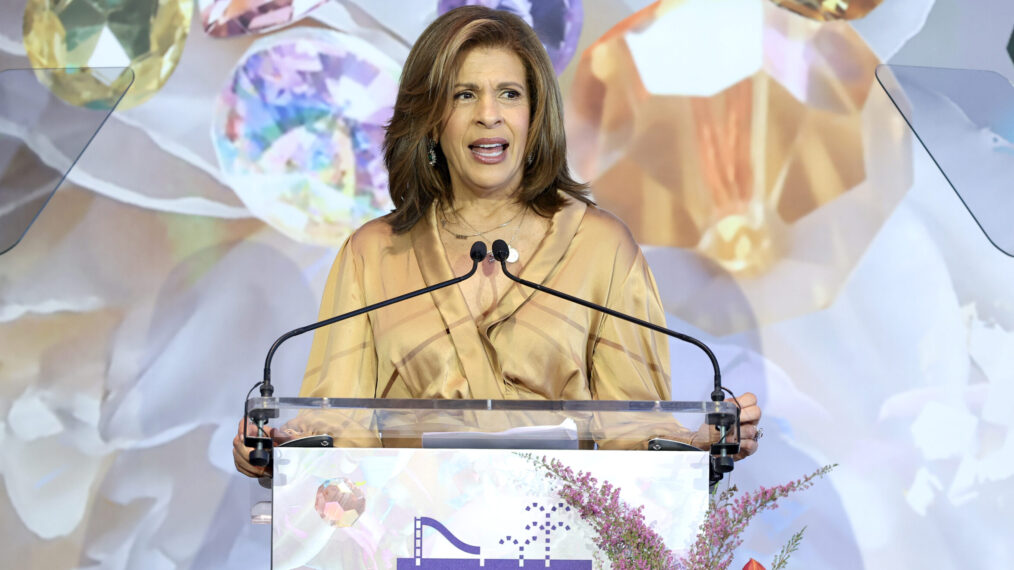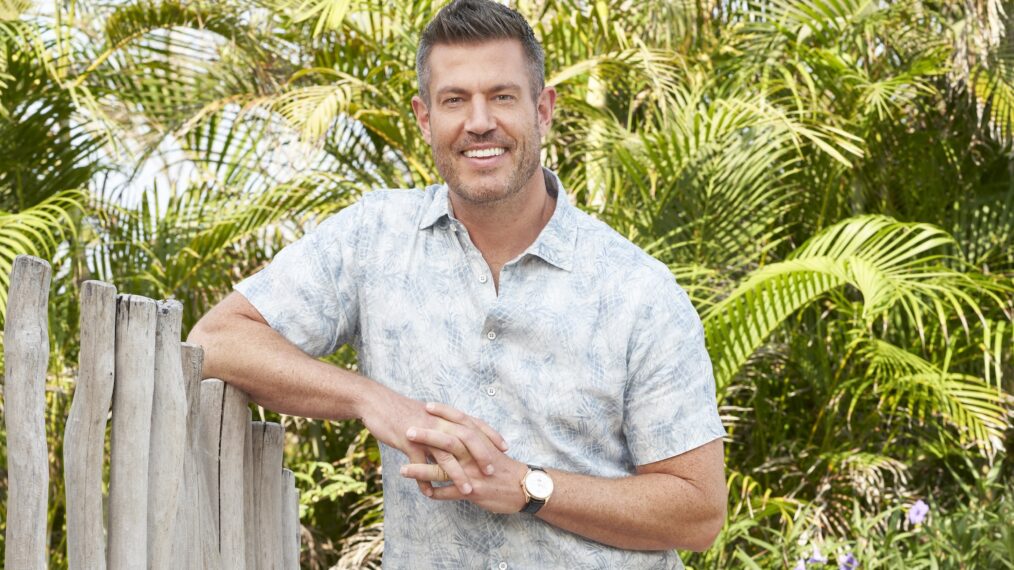Review: Boyle’s ’28 Years Later’ Reinvents the Zombie Genre (Again)
by Alex Billington
June 18, 2025
“There are many kinds of death… and some are better than others.” 💀 This is what happens when you get Danny Boyle & Alex Garland back together again! They will make more mad genius movies that push the boundaries of horror cinema and reinvent entire genres! Reunited after 18 years (they last made Sunshine together back in 2007), director Danny Boyle and screenwriter Alex Garland are ready to unleash 28 Years Later upon the world. This legacy sequel is a follow-up to their indie zombie movie classic 28 Days Later, wondering where things would be roughly 28 years after the rage virus wiped out the UK and how people, and zombies, would’ve evolved since then. I’m just going to say it – this is the best of the 28 movies. Yes it’s even better than 28 Days Later, and a much better sequel than 28 Weeks Later. What I was not ready for is how Boyle once again reinvents the zombie genre by trying out new ideas. They even finally drop “zombie” into the dialogue at one point, as this unkillable rage virus has turned humans into something else entirely.
In many ways, 28 Years Later is an homage to the original 28 Days Later – paying tribute to all the distinct aspects of that film & following the same narrative structure, while also an entirely new creation with unique ideas it explores. 28 Years Later throws us right into the thick of things, just like the previous two movies before it. There are a smattering of random, extra weird “WTF is that?!” horror scenes, and monsters they encounter, many without a clear explanation, as you’re supposed to try and figure out everything on the fly. Written again by Alex Garland, and directed again by Danny Boyle, their synergy is off the charts this time around. Not only do they have so much to say about how things have changed in 28 years (definitely for the worse), but they also desperately want to zap some new life into the zombie genre. And they have certainly done that. Boyle utilizes a fascinating bullet-time cinematography gimmick for all the zombies, mostly used when they get killed and the blood splatters across multiple cameras as we fly around the zombie’s bashed head. Then there’s the sinister editing choices, which are clever and freaky, thankfully staying away from becoming trippy or confusing. And finally the concept of zombies and how they work and what they’re after – all of that is brand new, too. George Romero would be proud of what Boyle & Garland have come up with.
There is a narrative to follow and one main character – a 12-year-old boy named Spike, played brilliantly by Alfie Williams. He lives on an isolated island off the coast of the UK inside a commune of survivors. His father is Jamie, played by Aaron Taylor-Johnson, and things kick off when Jamie decides to take Spike out for his “rite of passage” – a trip over to the mainland to go hunting with a bow & arrows. Not only is it to teach him about survival and what it takes to maintain this little civilization of people on this island, it’s also his chance to have his first real experience with the zombies. Spike needs to learn about them; learn how to spot them, evade them, kill them (only with arrows because that’s literally all they have), avoid them, and/or whatever else it takes to stay alive. What I really love about this 28 Years Later sequel is that it quite boldly presents us with a “what if” scenario following the rage virus across time. 28 Weeks Later attempted to do this, too, by setting the storyline around people returning to the UK after the zombies had supposedly all died off from starvation. This time, Garland takes over (and boy did he not care for 28 Weeks) and sets us in a distant time where humanity has evolved alongside zombies. It is one version of how things would change.
The rage virus zombies are certainly still around, but there’s different kinds of them now – big, fat slow ones that crawl along the ground. And super scary berserker “alpha” zombies that lead the tribes of fast zombies – and can’t be killed very easily no matter how many arrows they take. All of this is fascinating because it makes you wonder how the hell they got to this point, and why? Is there a strange biological explanation for this disturbing evolution? Or is just pure horror genre inventiveness? (Or maybe a bit of both?) Each of the encounters that Jamie and/or Spike have with the rage virus zombies is unique, each time they come across something it’s different. Boyle & Garland are extremely familiar with this genre now, and they don’t want to spin wheels, they want this new movie to be as fresh and as interesting as the original. My favorite sequence is one set on an abandoned train. However, at the core if it all is the emotional relationship between Spike and his family. His mom Isla, played with full-on madness by Jodie Comer, eventually becomes a part of the plot, too. Spike wants to find help for her sickness so he sneaks her out over into the mainland in hopes of coming across a mysterious, mythical doctor. That doctor is played by the one-and-only Ralph Fiennes, but he’s no longer the kind of doctor we’re familiar with. Meeting him is just as fascinating as encountering any zombie – I can’t wait until everyone has seen the movie so we can all dig into his character even more…
This whole damn film blew me away. I had high hopes, but this went way beyond my expectations. Going in to watch 28 Years Later, I was well-prepared having just rewatched the two other movies a few days before (they’re not favorites, but they’re both solid zombie films for different reasons). Not only is 28 Years better looking, more visceral, more vicious and disgusting, it’s more entertaining overall. Bullet-time zombie kills galore, along with appropriately unsettling violence and gore. Featuring an incredible soundtrack (Boyle of course wrangling up perfect songs to use throughout and a terrific score), amazing cinematography, and an actually fascinating “what if” storyline. THIS is what horror sequels should be all about. THIS is how you rethink an entire subgenre. DP Anthony Dod Mantle makes this zombie movie, shot on iPhones(!!), look better than almost any other zombie movie previously. Scottish hip-hop group Young Fathers provides a totally wicked score, which enhances the tension and emotion. All of the jaw-dropping make-up and zombie FX and VFX are seamless and shocking and gut-churning. There is one other “WTF?!” aspect of it that must be discussed. In this evolution of zombies, they don’t wear clothes anymore (why would they?). All of them are running around buck naked – hundreds of them. It’s nuts! Brilliant, but totally nuts (no pun intended).
Once it wraps up, setting up the sequel 28 Years Later: The Bone Temple (it’s directed by Nia DaCosta, shot back-to-back, set for release in January 2026), there’s still much to consider. The horror genre has always acted as social commentary; it’s not just gore & violence and that’s it. One could argue that what is depicted in 28 Years Later is a reference to the way humanity has evolved (more specifically – de-evolved) over the last 23 years since the original 28 Days. As if Garland is saying certain rotten people have been festering in their evil ways over these decades, getting more & more heinous, and unfortunately even more unstoppable, reaching the point where we are today. Both 28 Days and 28 Weeks try to say that the rage virus zombies cannot live forever, they’ll die out at some point. 28 Years says nah – they’re going to be around no matter what, getting stronger… And then there’s other problems out there we have to deal with, other factions and crazy people and weirdos and everything else. It’s all so scary. And this is why I love that Garland and Boyle finally got back together and made a wicked awesome sequel that blows the original right out of the water.
Alex’s Rating: 9 out of 10
Follow Alex on Twitter – @firstshowing / Or Letterboxd – @firstshowing




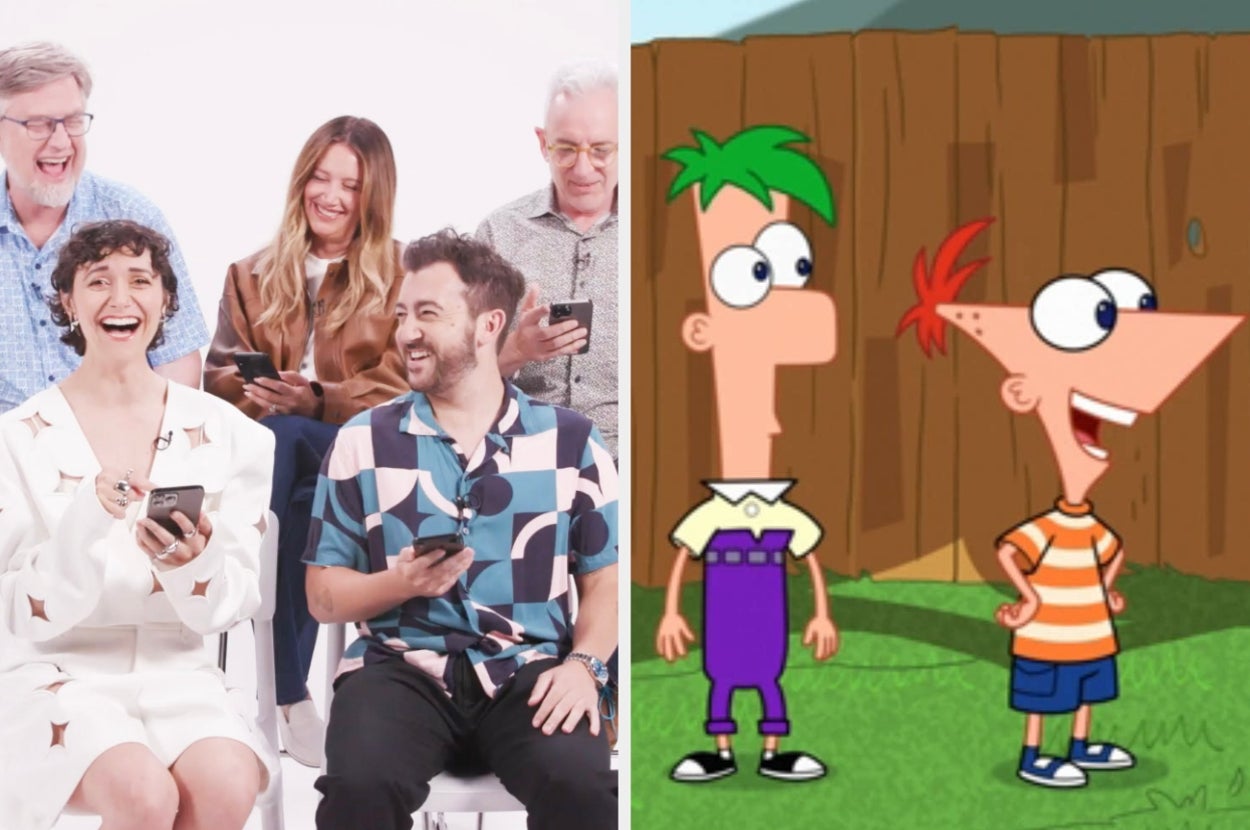




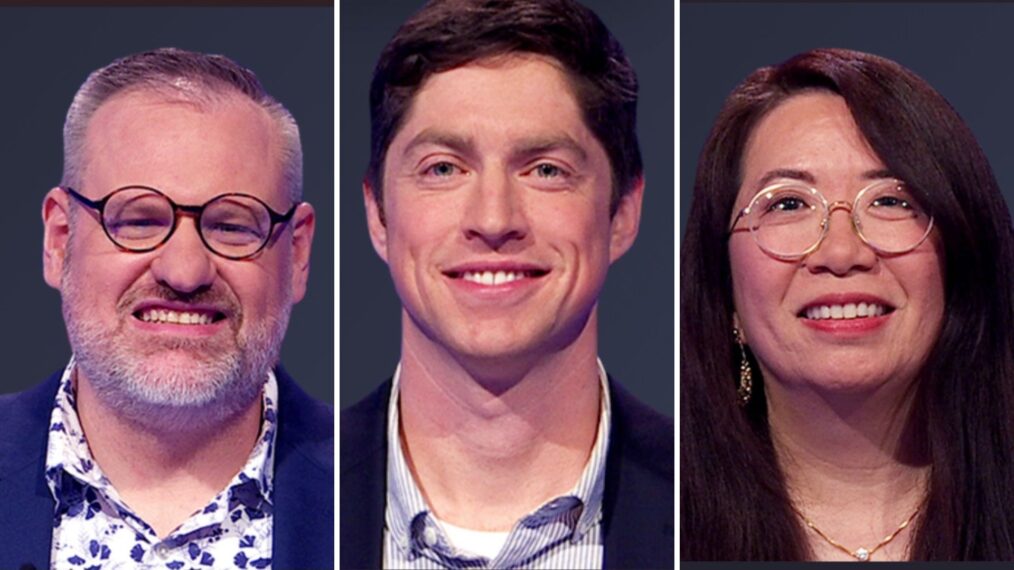

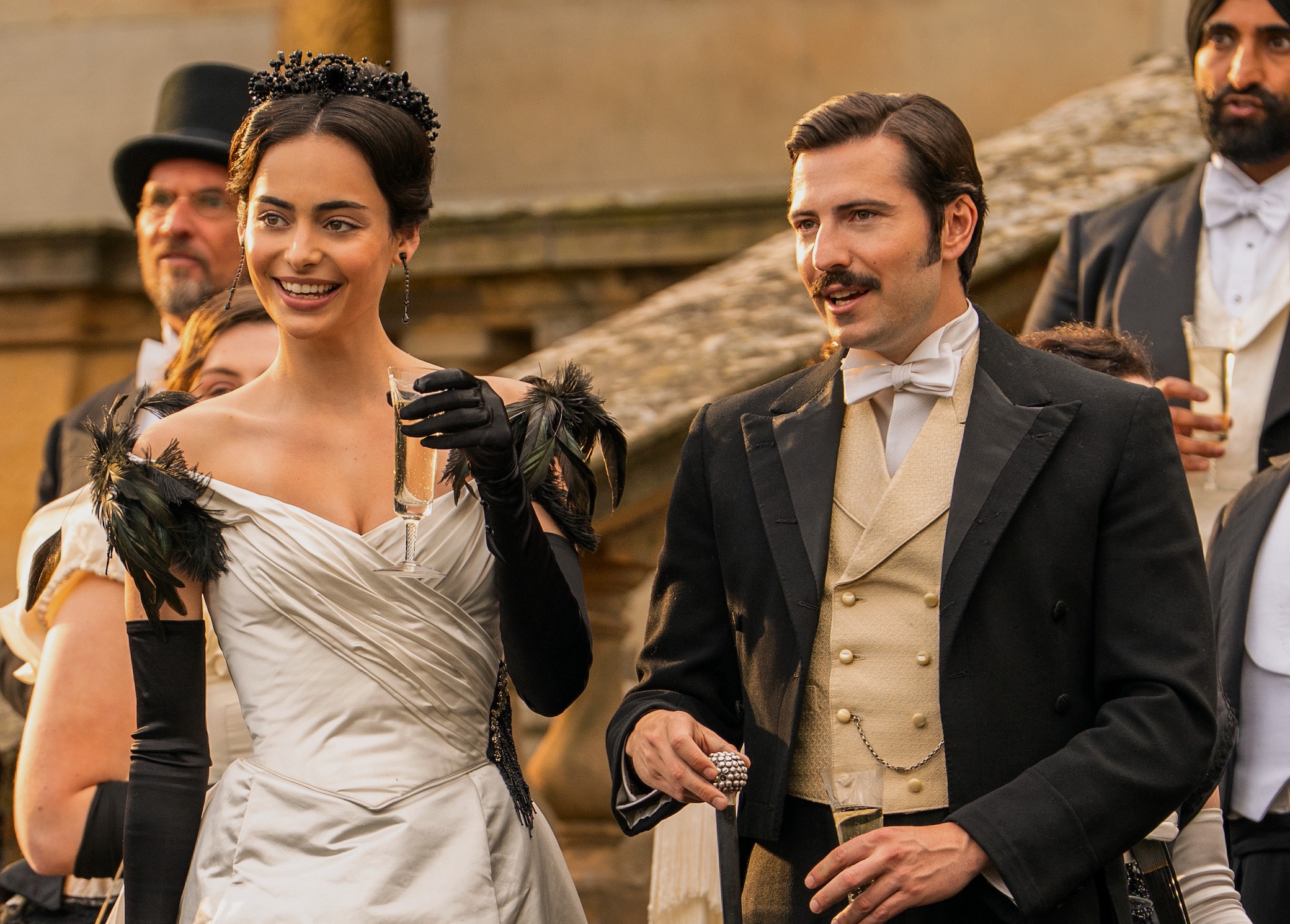





:quality(85):upscale()/2025/06/18/384/n/1922564/bf6a206c6852753db72195.68898970_.png)
:quality(85):upscale()/2025/06/17/894/n/1922564/83f0a9fd6851cff5ecbd37.84417216_.png)
:quality(85):upscale()/2025/06/17/627/n/1922564/5d6a915e685175b949dc77.56203119_.png)
:quality(85):upscale()/2025/06/10/645/n/1922564/314545f168484137744643.60603549_.png)
